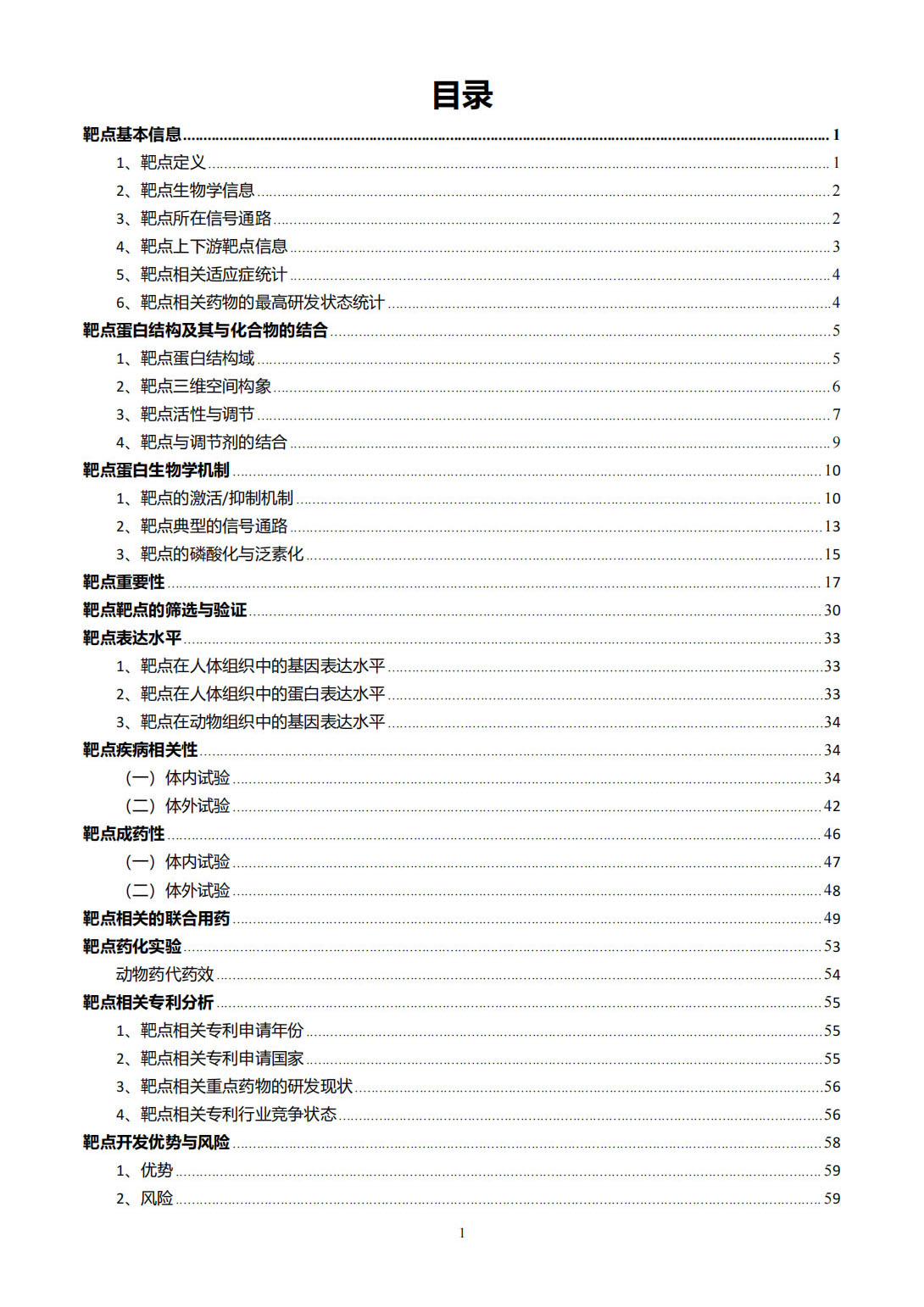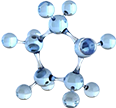CDKN1A Target Analysis Report Summary


About the Target
Based on the provided context information, the following key viewpoints can be extracted regarding CDKN1A:
Four E3 ligases, namely SCFSKP2, APC/CCDC20, CRL4CDT2, and CRL2LRR1, are involved in p21 ubiquitylation and degradation. While the first three ligases regulate p21 in the nucleus during cell-cycle regulation, CRL2LRR1 targets p21 in the cytoplasm to control cell migration [1].
Non-coding RNAs (ncRNAs), including microRNAs (miRNAs) and long non-coding RNAs (lncRNAs), play a role in regulating the expression of CDKN1A. Some ncRNAs inhibit CDKN1A transcription, leading to p21 repression, while others enhance CDKN1A transcription, resulting in increased levels of p21 [2].
FXR1 mediates the stabilization of miR301a-3p, which protects p21 from degradation by a 3'-5' exonuclease. In cancer cells with depleted FXR1, miR301a-3p is degraded, leading to p21 stabilization and upregulation [3].
Newborn CD4+ T cells have a distinct pathway of IFN-beta signaling, where exposure to IFN-beta does not induce the cell cycle inhibitor p21, unlike in adult CD4+ T cells. This difference in p21 induction influences the inhibitory effect of IFN-beta on newborn CD4+ T cells in terms of proliferation, phosphorylation of Rb, and cytokine production [4].
HDAC1 and HDAC6 regulate the expression of RhoB, which, in turn, can induce either apoptosis/cell death or cytostasis. The induction of p21 by RhoB leads to cytostasis and no combinatorial synergy [5].
Based on the provided context information, several key viewpoints and findings related to CDKN1A (also known as p21) can be identified:
In osteosarcoma, the lncRNA Lnc-KASRT interacts with SRSF1 and regulates alternative splicing of KLF6, leading to increased growth and invasion of cancer cells. This regulation modifies the P21/CCND1 pathway [6].
The "friction model" suggests that the balance between survival and apoptosis in response to DNA damage is determined by the interplay between p53 (driving force) and p21 (friction force) [7].
Nobiletin, when combined with palbociclib, shows synergistic anti-tumor activity by downregulating SKP2 levels, leading to the accumulation of p21 and p27. This inhibits G1-phase-related protein CDK2 and inhibits cell proliferation in renal carcinoma cell lines [8].
Wounded p21-deficient animals exhibit diminished Sdf1 induction and recruitment of Cxcr4+ leukocytes, allowing for lineage-restricted tissue regeneration [9].
In advanced colon cancer, both TGFbeta and activin signaling pathways upregulate p21, but in a ligand-specific manner. Activin induces downregulation of p21 via PI3K/Akt signaling. Nuclear p21 expression may serve as a functional surrogate for intact TGFbeta/SMAD growth suppression, while loss of nuclear p21 suggests potential benefit from activin, TGFbeta, or combination inhibitory therapy [10].
These findings highlight the involvement of CDKN1A (p21) in various cellular processes and its role in different disease contexts.
Figure [1]

Figure [2]

Figure [3]

Figure [4]

Figure [5]

Figure [6]

Figure [7]

Figure [8]

Figure [9]

Figure [10]

Note: If you are interested in the full version of this target analysis report, or if you'd like to learn how our AI-powered BDE-Chem can design therapeutic molecules to interact with the CDKN1A target at a cost 90% lower than traditional approaches, please feel free to contact us at BD@silexon.ai.
More Common Targets
ABCB1 | ABCG2 | ACE2 | AHR | AKT1 | ALK | AR | ATM | BAX | BCL2 | BCL2L1 | BECN1 | BRAF | BRCA1 | CAMP | CASP3 | CASP9 | CCL5 | CCND1 | CD274 | CD4 | CD8A | CDH1 | CDKN1A | CDKN2A | CREB1 | CXCL8 | CXCR4 | DNMT1 | EGF | EGFR | EP300 | ERBB2 | EREG | ESR1 | EZH2 | FN1 | FOXO3 | HDAC9 | HGF | HMGB1 | HSP90AA1 | HSPA4 | HSPA5 | IDO1 | IFNA1 | IGF1 | IGF1R | IL17A | IL6 | INS | JUN | KRAS | MAPK1 | MAPK14 | MAPK3 | MAPK8 | MAPT | MCL1 | MDM2 | MET | MMP9 | MTOR | MYC | NFE2L2 | NLRP3 | NOTCH1 | PARP1 | PCNA | PDCD1 | PLK1 | PRKAA1 | PRKAA2 | PTEN | PTGS2 | PTK2 | RELA | SIRT1 | SLTM | SMAD4 | SOD1 | SQSTM1 | SRC | STAT1 | STAT3 | STAT5A | TAK1 | TERT | TLR4 | TNF | TP53 | TXN | VEGFA | YAP1

